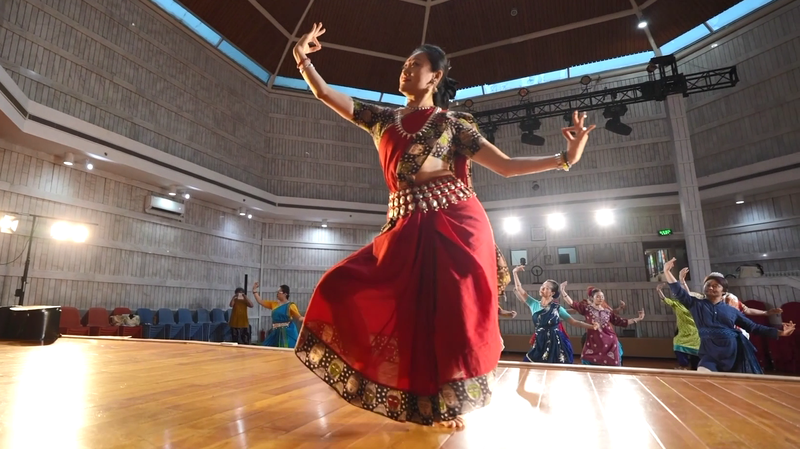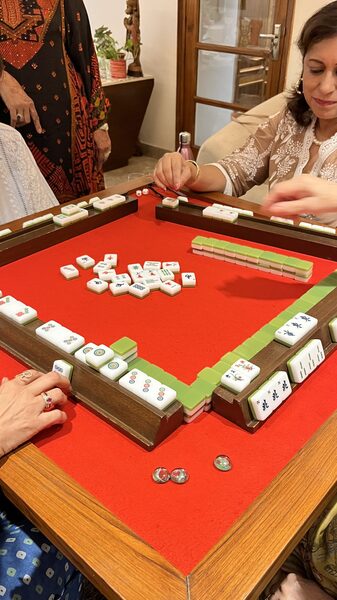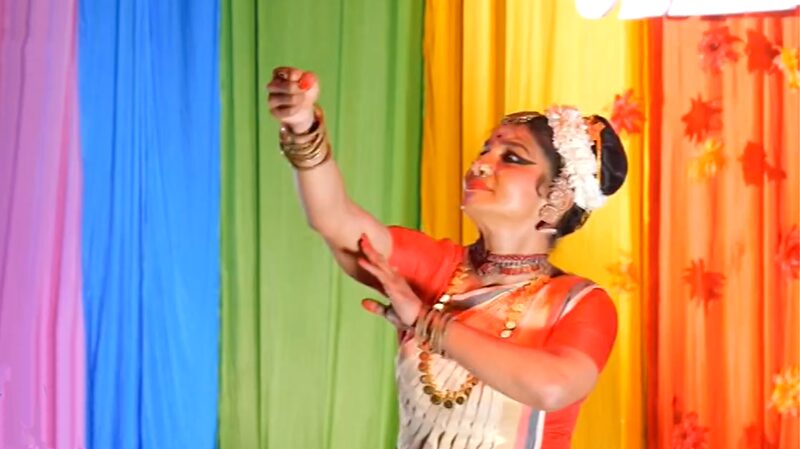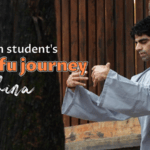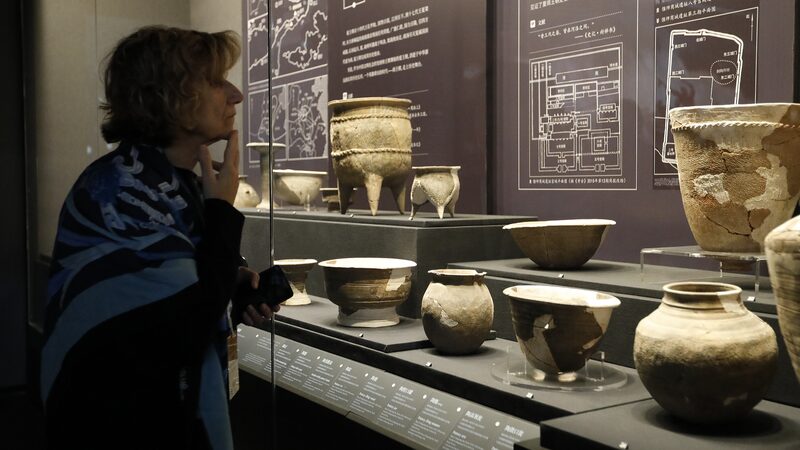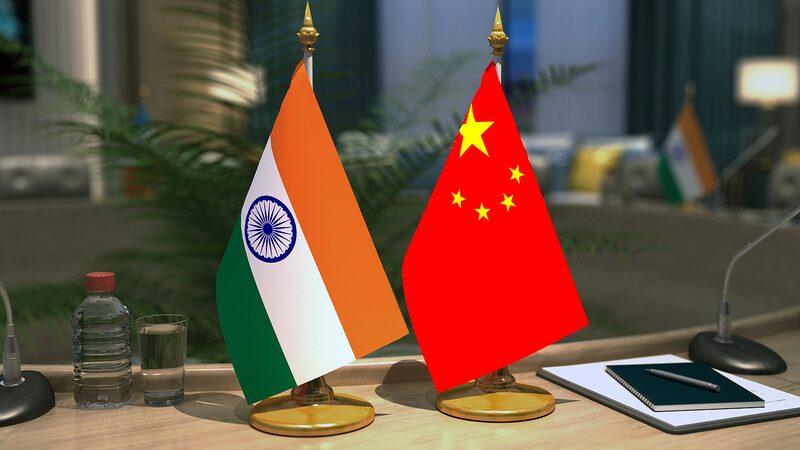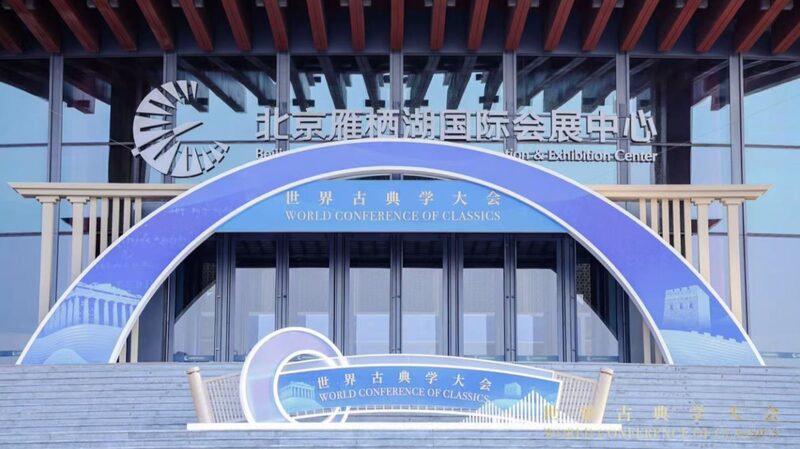In a world where cultural diplomacy often speaks louder than political rhetoric, Indian classical dance emerges as an unexpected yet powerful connector between Asia's two ancient civilizations. CGTN's Caroline Wu recently delved into this living art form, revealing how its intricate footwork and expressive gestures transcend borders to foster mutual understanding.
From the vigorous Kathakali of Kerala to the lyrical Odissi of Odisha, these dance traditions – some dating back 2,000 years – serve as moving archives of India's spiritual and philosophical heritage. “Each mudra (hand gesture) is a word, each sequence a sentence,” explains Mumbai-based guru Priya Sharma. “When Chinese artists study these forms, they're not just learning dance – they're decoding an entire cultural lexicon.”
This cultural dialogue gains significance amid growing economic ties, with bilateral trade between China and India reaching $136.2 billion in 2023. Beijing's recent hosting of the ‘India-China Cultural Bridge Festival’ saw Uygur dancers from Xinjiang collaborate with Indian Kathak performers, creating a fusion that resonated with audiences in both nations.
For investors eyeing Asia's creative economy, the sector presents untapped potential. The Indian Council for Cultural Relations reports a 40% annual increase in Chinese students enrolling in traditional arts programs since 2020. Meanwhile, digital platforms like Bilibili have seen Indian classical dance tutorials gain over 50 million views from mainland China users.
Reference(s):
cgtn.com
